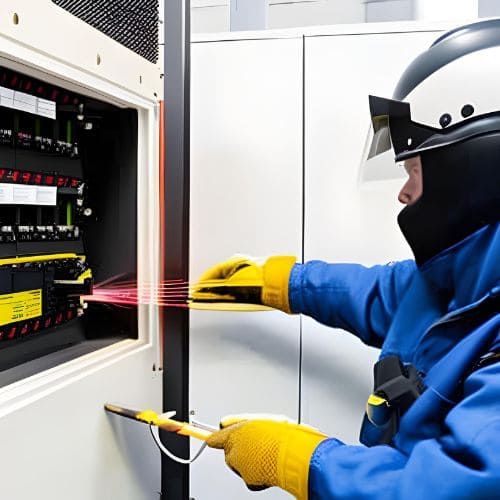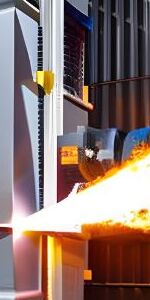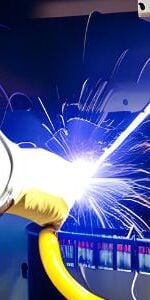The Significance of Arc Flash Hazard Analysis and Mitigation Techniques
When a gas is exposed to a voltage larger than its insulating capacity, electrical arcs can form. When the voltage is high enough to ionize the space between the conductors, an arc will form. The conductivity of ionized air is enhanced, allowing electricity to flow through it. Air ionization generates a current that produces heat and dazzling light. This phenomenon comes from the way this heat causes ionized air to ascend and form an arch-shaped circulation. A potential arc flash temperature is 20,000 degrees Celsius.
Arc flash dangers endanger persons and property. Among the commercial consequences of arc in flash are:
- Direct costs include medical care, treatment, worker compensation, as well as the cost of an accident investigation and lost productivity.
- Indirect expenses include legal and judgement fees, litigation costs, penalties, insurance premiums, repair charges, and replacement worker fees.
- Consequences include the prospect of facing criminal charges, your reputation, and your ability to compete on the job market.
- Customers frequently reject electrical contractors with high incident rates, resulting in lost business prospects and the loss of their license.
- Accidents involving electrical circuit use Flash tend to make an impression, resulting in missed chances and wasted money.
Table of Contents

Causes of Arc Flash Hazard:
- Utilizing the inappropriate surface for the probe poor installation, tools, and procedures
- Use defective electrical components
- Equipment holes or insulation damage
- Unplug any defective panels.
- Dust on electrical equipment or corrosion
- Inappropriate maintenance of switches and circuit breakers, damaged components, or frayed connections
- Cables with a high voltage or a steady power supply
- Moisture in electrical equipment

Methods for Minimizing Arc Flash Danger:
Turning off electrical equipment:
It minimizes potential dangers as much as is feasible. Work with extreme caution when testing or re-energizing de-energized equipment. Circuit breakers are kept away from arc flash boundaries that might threaten their users with the use of remote tracking technology.
Utilize low-risk technology:
To determine the dangers associated with short circuits and the coordination of protective devices, an arc flash analysis and power system study are performed. Utilize low-threat options, such as remote rack equipment, to safeguard people and property.
Electrical and control systems redesign:
Ensure that you have access to the level of PPE (Personal Protective Equipment) required by the arc flash hazard category. Modifications are being made to engineering tools and procedures to lessen hazards. Breakers and energy distribution systems are designed to limit incident energy.



Reduce the level of available fault current:
Circuit breakers without current limitations will help the industry reduce the availability of fault current. These gadgets can be utilized for maintenance with an open tie. Opening the connection between dual power feeds during maintenance minimizes the likelihood of an arc flash by decreasing the available fault current. By obstructing the flow of electrical current during arc faults, current-limiting reactors can successfully cease current flow.
Adapt the blast's force:
Encourage the utilization of arc-resistant materials. Using arc-resistant switchgear with sealed joints, pressure relief vents on the top, and stronger hinges, energy and heat from an arc flash are sent through ducts to an unoccupied location. CareLabs does a comprehensive investigation of arc flash. Specialists evaluate arc flash dangers to improve your safety program. CareLabs can identify and implement innovative ways for avoiding arc flash hazards.
CareLabs is outfitted to conduct and implement innovative arc flash risk prevention research. For investigation and analysis, CareLabs employs ETAP (Electrical Transient Analysis Program) software. To guarantee our knowledge is accessible in both normal and emergency situations, crew members are stationed in many places. We obtained ISO 9001:2008 certification and devoted customers rapidly. Beijing, Shanghai, Guangzhou, and Shenzhen are cities in China.
RELATED NEWS








Coordination


RELATED NEWS











